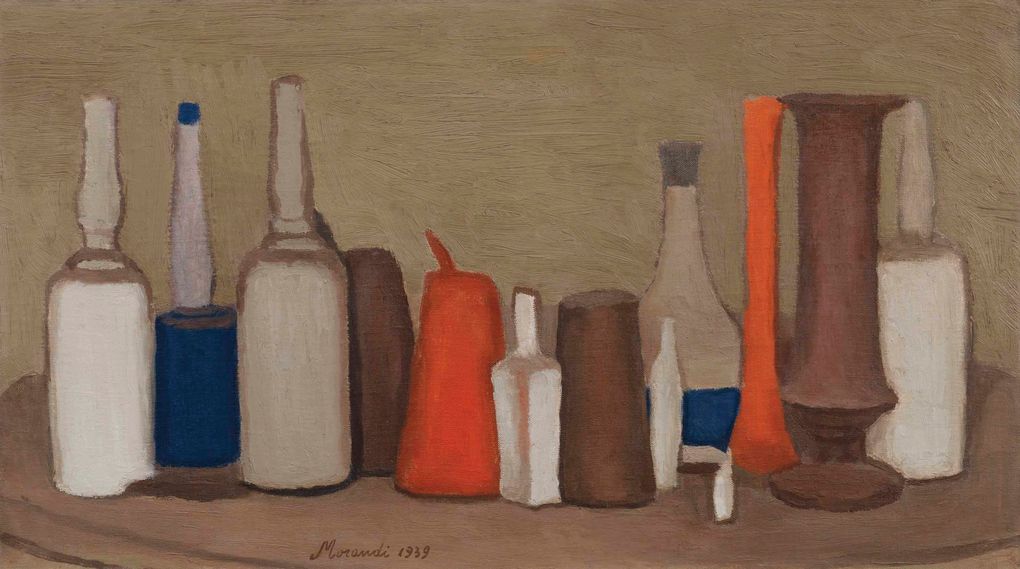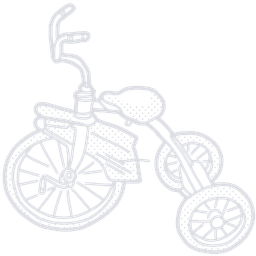The Museum of Innocence

“In fact no one recognizes the happiest moment of their lives as they are living it. It may well be that, in a moment of joy, one might sincerely believe that they are living that golden instant “now,” even having lived such a moment before, but whatever they say, in one part of their hearts they still believe in the certainty of a happier moment to come. Because how could anyone, and particularly anyone who is still young, carry on with the belief that everything could only get worse: If a person is happy enough to think he has reached the happiest moment of his life, he will be hopeful enough to believe his future will be just as beautiful, more so.”
Pamuk tells the long life story of Füsun and Kemal, two star-crossed lovers united for but a very short time. A billboard advertisement for Meltem, a domestic soft drink brand launched at that time by Kemal's close friend and business associate, proclaims: "You deserve it all!" Does Kemal, scion of one of Istanbul's most prominent families, really deserve it all?
On the cusp of his engagement to Sibel, aristocratic and educated, thirty-year-old Kemal falls in love with eighteen-year-old Füsun, a shopgirl. Clinging to the engagement with Sibel, Kemal slowly descends into a terrible, final obsession for Füsun, his eventual fate already being foreshadowed in the early chapters of the novel.
“Some people spend their entire lives in pain, owing to the misfortune of being poor, stupid, or outcast from society—this thought passed through me, gliding by with the measured pace of the coffin, then disappeared. Since the age of twenty I had felt myself protected by an invisible armor from all variety of trouble and misery. And so it followed that to spend too much time thinking about other people’s misery might make me unhappy, too, and in so doing, pierce my armor.”
Set in the 1970s and 80s, Istanbul is the scenery for this unique novel rich in detail and introspection, but also takes on the role as protagonist, with its noisy avenues, apartment buildings, Bosphorus restaurants, abandoned backstreets, tobacco vendors, plane tree-shaded impasses, corner bakeries; actively intervening in the lives of its inhabitants, at times prohibiting, at times allowing them to meet – in public, and in secret. Numerous minor characters with curious background stories and names – Hilmi the Bastard, Güven the Shipsinker, Faruk the Mouse – lend additional depth and elegance to the unfolding story.
Turkish culture, traditions, history, and mentality, as well as the discord between east and west in a modernizing Istanbul, dye this narrative in both alluringly exotic and curiously familiar shades. The deceptively simple constellation of two unhappy lovers slowly peels off to reveal layers of complexity and conflict: Pride, gender, obsession, lust, maturity, loneliness, stigma, class, nostalgia, loss. Raki and rationality clash in the individual and collective attempts to secure – even imperfect – happiness.
“I realized that the longing for art, like the longing for love, is a malady that blinds us, and makes us forget the things we already know, obscuring reality.”
Even though compelled to a slow read in order to appreciate its nuances, I found this novel to be almost unbearably intense. Covering a period of more than three decades, the repetitive, hypnotic narrative uniquely transcends its medium, becoming the unfortunate fate of a close friend, masterfully re-told and now intimately known almost as part of one's own life.
Repetition and circularity as motifs also relate to the novel's main themes of patience, nostalgia, and the cherishing of ordinary things; the imponderabilia of everyday life, needing to be experienced in their full actuality. An exposition of these fictional objects collected over a lifetime in Istanbul's Museum of Innocence closes the loop of text and intertext, fact and fiction.
“Real museums are places where Time is transformed into Space.”
Exploring the exhibits of the Museum of Innocence by following Kemal's slow pace and listening to his memories of a love long lost gradually unfold to form a spectacular tale full of imagination - this novel has been one of the most powerful and magnificent journey I've ever experienced. A brilliant literary achievement.
“The power of things inheres in the memories they gather up inside them, and also in the vicissitudes of our imagination, and our memory — of this there is no doubt.”
Born out of being separated in the same place for eight years, the opportunity to discover each other a second time anew – this becomes as much a fragile, exhausting, desperate trial of trust and surrender, as it is a promise for re-awakening – this time, eternal – love.
“After all, isn't the purpose of the novel, or of a museum, for that matter, to relate our memories with such sincerity as to transform individual happiness into a happiness all can share?”
